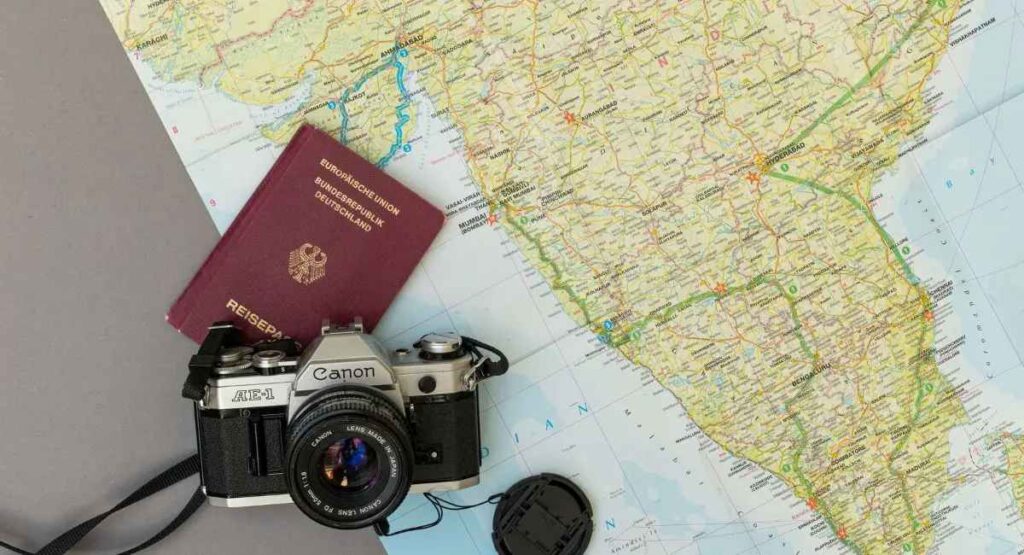Embarking on your extraordinary trip to Antarctica promises a once-in-a-lifetime adventure. Discover this unique continent’s mesmerizing beauty, remarkable wildlife, and pristine landscapes. Our comprehensive guide is your key to a successful journey, providing invaluable tips, insights, and inspiration for your expedition to the frozen wonderland.
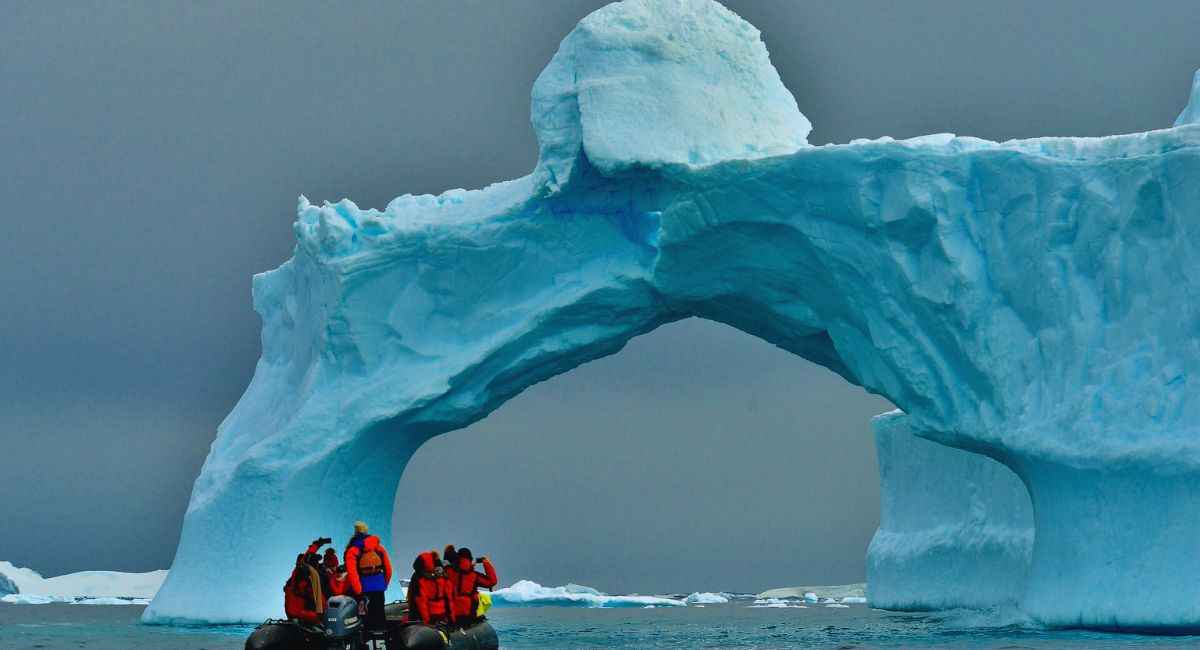
Why a trip to Antarctica?
The Allure of Atarctica
Antarctica’s allure lies in its untouched, otherworldly landscapes. This land has endless ice, towering glaciers, and colossal icebergs. It’s a place where nature’s extremes take center stage, and you can witness the raw power and beauty of the natural world.
The towering ice formations, some as large as city skyscrapers, glisten under the sun, creating an ethereal, enchanting atmosphere. The ice comes in shades, from blinding white to deep blue, creating a breathtaking tableau of colors. Each iceberg is a unique piece of natural art sculpted by the relentless forces of wind and water.
Preserving a Pristine Paradise
Antarctica is not just a tourist destination; it’s a testament to the importance of environmental preservation. This continent plays a vital role in climate regulation, and its unique ecosystem needs protection. By visiting, you can become an advocate for responsible tourism and support the conservation of this pristine environment.
The Antarctic Treaty, signed by numerous countries, enforces strict regulations to ensure the continent’s conservation. These regulations include no littering, no removal of native flora and fauna, and no permanent structures, ensuring that this untouched paradise remains unspoiled.
Read more: How to Plan a Trip to Jamaica: 6 Trip Essentials
Planning Your Trip:
Research and Booking Process
Planning a trip to Antarctica requires careful research. You can choose from various tour operators offering different itineraries and experiences. Be sure to select the one that aligns with your interests and budget.
Your research should include reading reviews, checking the itineraries, and comparing prices. Many tour operators provide informative websites and brochures to help you make an informed choice.
Visa and Permit Requirements
Antarctica is a place of international cooperation. To visit, you’ll need a permit, and specific regulations apply. The process can seem daunting, but your chosen tour operator will guide you through it.
When applying for permits, you’ll need to specify your visit’s purpose, itinerary, and biosecurity measures. Ensure you start this process well in advance, as permits can take some time to process.
Best Time to Visit
The best time to visit Antarctica is during its summer, from November to March. This is when the days are longer and wildlife is most active. However, your specific month will depend on what you want to see and do.
November is the time for witnessing the breathtaking courtship rituals of penguins, while December brings the unforgettable experience of seeing penguin chicks hatching. January and February are ideal for whale watching, as they come to feed in the nutrient-rich waters surrounding the continent.
Cost of the Trip:
Breaking Down the Costs
A trip to Antarctica involves various expenses, including transportation, accommodation, permits, and activities. Be prepared for a significant investment, but remember that this is a lifetime journey.
Costs can differ significantly based on factors like the duration of your trip, the type of cabin you choose, and the cruise operator. Be sure to compare prices and what’s included in your package before deciding.
Budgeting and Cost-Saving Strategies
While Antarctica is not a budget destination, there are ways to manage costs. Some operators offer early-bird discounts; selecting a more basic cabin can save you money. It’s also good to book well in advance to secure the best deals.
Another cost-saving strategy is bringing some of your gear, like waterproof clothing and boots, to avoid rental fees. Additionally, consider booking through a travel agency, as they may have access to exclusive discounts and packages.
Getting to Antarctica:
Transportation Options
You’ll reach Antarctica via cruise ships, tours, or research stations. The type of vessel you select will determine your experience. Cruise ships provide comfort and amenities, while research station visits offer a more immersive, research-focused experience.
Cruise ships are the most common choice for travelers. They come in various sizes and offer a range of amenities, from basic to luxurious. Smaller ships can navigate narrower channels and get closer to wildlife, while larger ones provide more onboard comfort.
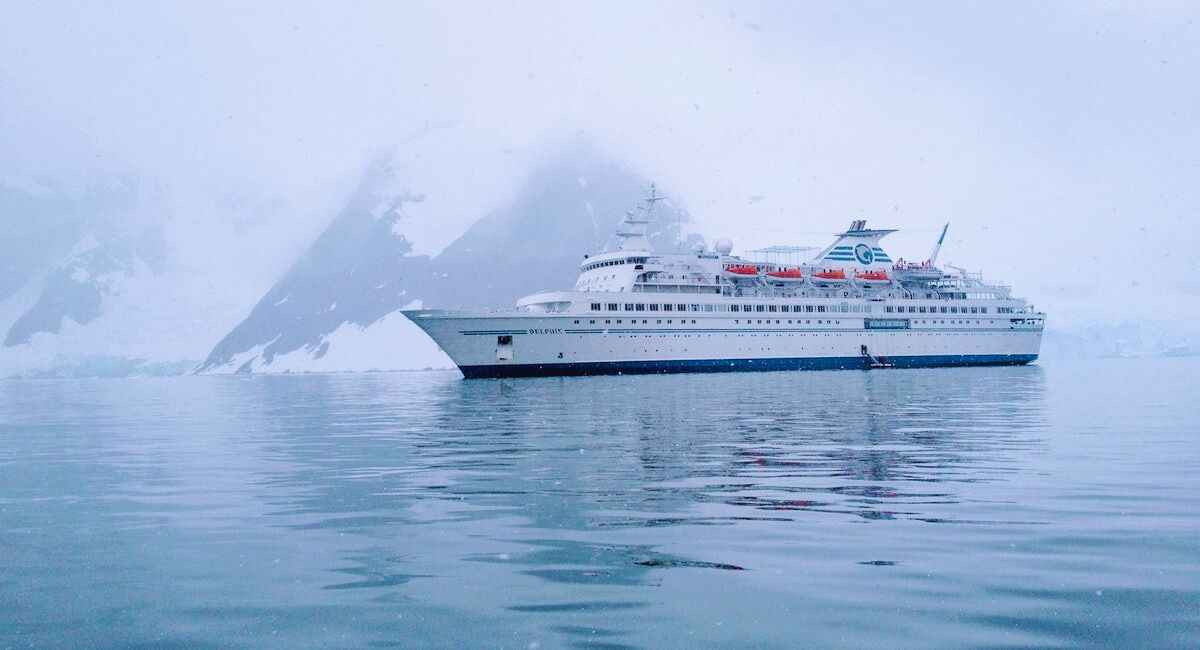
Departure Points and Logistics
Most Antarctic expeditions depart from Ushuaia, Argentina, or Punta Arenas, Chile. These locations serve as the gateways to this frozen continent. Be sure to arrive a few days early to acclimatize and explore the surrounding areas.
When departing from Ushuaia or Punta Arenas, you must attend a briefing to learn about the trip’s itinerary and safety protocols. It’s also an opportunity to meet fellow travelers and the expedition team.
Additional Costs
In addition to the main expedition costs, be prepared for extra expenses like gear rental, additional excursions, and gratuities. These additional costs can add up, so you must factor them into your budget when planning your trip.
Antarctic Wildlife and Ecosystem:
Marvels of Antarctic Wildlife
Antarctica is home to a stunning array of wildlife. You’ll encounter penguins, seals, whales, and numerous seabirds. It is an enchanting and delightful experience to observe these animals in their natural habitat. Let me know if you need any further assistance.
The diversity of wildlife in Antarctica is astounding. You’ll witness playful penguins leaping into the icy waters, seals lounging on ice floes, and majestic whales breaching the surface. The sight of orcas hunting seals or humpback whales breaching is an experience that will stay with you forever.
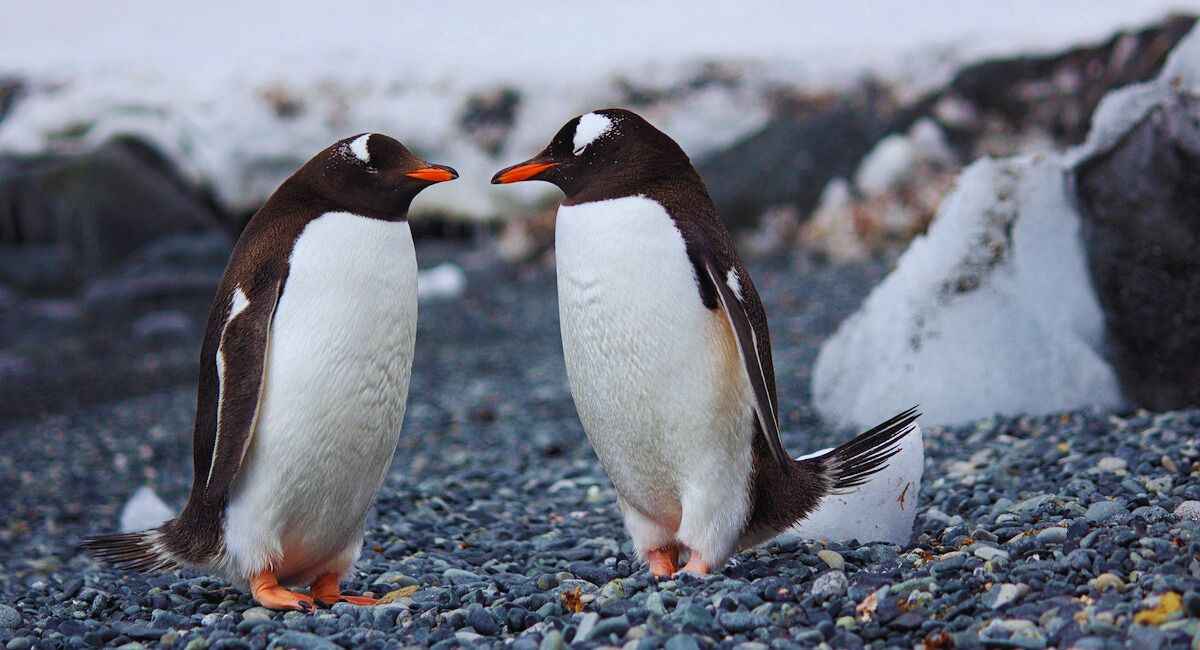
The Delicate Ecosystem
Antarctica’s ecosystem is uniquely fragile. Learn about the region’s interconnected food web and the importance of minimizing your impact on this pristine environment.
The Antarctic ecosystem is interconnected; even minor disturbances can have significant repercussions. For example, a sudden increase in human activity can lead to oil spills, habitat devastation, and invasive species introduction, all of which can harm the ecosystem’s delicate balance.
Climate and Weather:
Antarctica’s Extreme Climate
Antarctica boasts the coldest temperatures on Earth, with averages well below freezing. Be prepared for strong winds and rapidly changing weather conditions.
Extremes define Antarctica’s climate. In the summer, temperatures can hover around -2°C (28°F) near the coast but drop significantly lower inland. Winter temperatures are even more severe, plummeting as low as -60°C (-76°F). The continent is also known for its fierce katabatic winds, which can reach hurricane force and create an additional layer of challenge for visitors.
Packing Tips and Essential Gear
Layer your clothing and invest in quality gear like waterproof boots, insulated jackets, and gloves. Remember a sturdy pair of binoculars and a good camera for capturing this otherworldly landscape.
Packing for Antarctica is a careful balancing act between staying warm and comfortable while minimizing the bulk of your luggage. The key is layering, starting with thermal underwear and adding waterproof and windproof layers. Insulated boots are crucial to keep your feet warm and dry, and a high-quality pair of gloves is essential to protect your hands from the extreme cold.
For photography, invest in a good camera with a zoom lens to capture the nuances of the Antarctic landscape. Be sure to carry spare batteries, as cold temperatures can quickly drain power. A sturdy tripod is also necessary for steady shots in windy conditions, and a waterproof bag will safeguard your gear from unexpected snow or rain.
Activities and Attractions:
Daily Adventures
Your daily itinerary will include kayaking, hiking, and wildlife watching. These hands-on experiences will immerse you in the heart of Antarctica’s wonders.
Your expedition will be filled with exciting and immersive activities. You’ll have the opportunity to go kayaking paddling through pristine waters, often in the company of curious penguins or seals. Guided hikes will take you to the top of snowy peaks for breathtaking views and close encounters with wildlife. Wildlife watching is a constant thrill, with the chance to spot everything from orcas to albatrosses.
Must-See Attractions
Take advantage of the opportunity to visit research stations and historical sites that provide insights into Antarctica’s scientific and exploratory history.
Antarctica is not just about nature; it’s also about human exploration and scientific research. Visiting research stations allows you to learn about the incredible work in this extreme environment and interact with researchers who have dedicated their lives to studying Antarctica’s unique features.
Read more: Biography of Antarctica
Cultural Insights:
History of Exploration
Antarctica’s history is a tapestry of bold exploration and scientific discovery. Learn about famous explorers like Ernest Shackleton and their remarkable achievements in this harsh environment.
Ernest Shackleton, Robert Falcon Scott, and Roald Amundsen are just some legendary explorers who pushed the boundaries of human endurance and knowledge to reach the South Pole and explore the continent. Shackleton’s incredible leadership and survival story are a testament to human determination and resilience in the harshest conditions.
Safety Considerations:
Staying Safe in Antarctica
Safety is paramount in Antarctica. Follow your expedition leaders’ guidance and adhere to all safety measures. Please respect the rules, as they are in place to protect both you and the environment.
Safety in Antarctica is a shared responsibility. Expedition leaders and staff are trained to ensure your well-being, but travelers must follow their guidance. This includes respecting wildlife and keeping a safe distance, wearing life jackets during water-based activities, and adhering to biosecurity measures to prevent the introduction of non-native species.
Photography Tips:
Capturing the Beauty
Antarctica’s landscapes and wildlife offer unparalleled photography opportunities. Bring a quality camera with a good zoom lens to capture the intricate details of this stunning world.
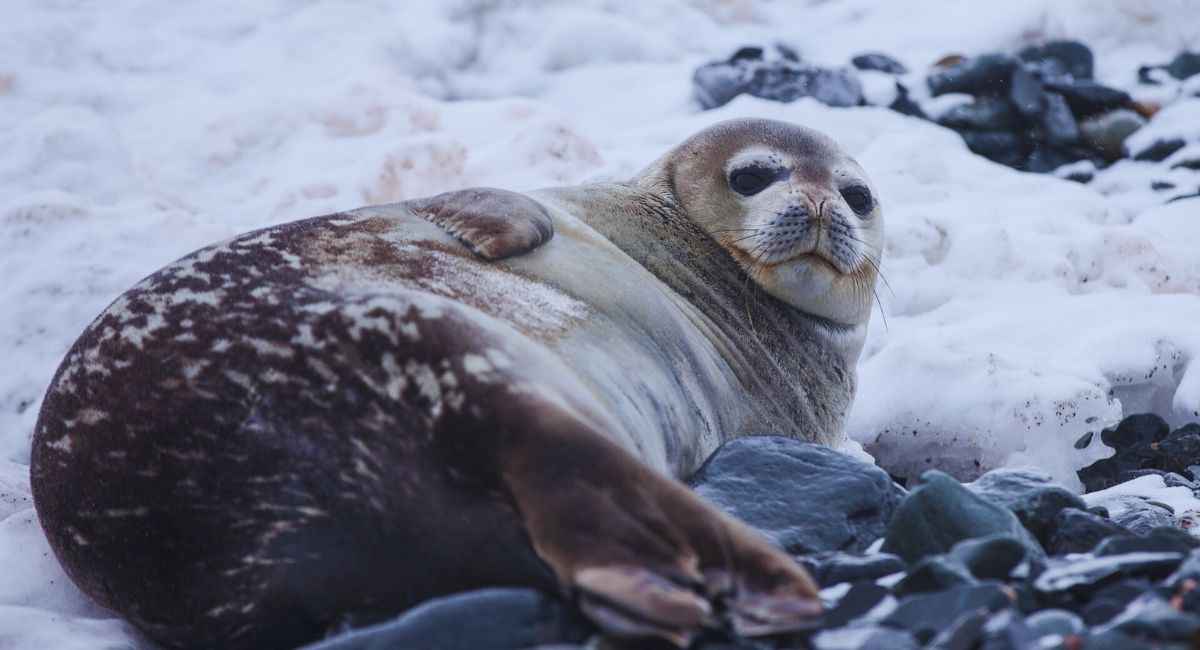
The unique lighting conditions in Antarctica, with low sun angles, create a dreamlike quality in photographs. Take benefit of the golden hour, when the sun hovers just above the horizon, casting a warm and soft light. Be patient and ready to capture spontaneous moments, like penguins leaping into the water or seals basking on ice floes.
Recommended Camera Gear
Ensure your camera equipment includes spare batteries, a sturdy tripod, and a waterproof bag to protect your gear from the elements. Cold temperatures can quickly drain batteries, so having spares is essential to ensure you don’t miss any photographic opportunities.
A tripod is crucial for maintaining stability, especially in windy conditions. It will help you capture crisp shots even in the most challenging situations. A waterproof bag or case protects your camera from snow, rain, and splashes during activities like kayaking or Zodiac cruising.
Local Cuisine:
Food in Antarctica
While you won’t find traditional restaurants, the food on your expedition will be surprisingly good. Expect a mix of international cuisine and hearty meals to energize you for your adventures.
Considering the challenging conditions, most expeditions offer a surprisingly varied and delicious menu. You can expect a mix of international cuisine, emphasizing hearty and energy-packed meals. Your daily dining experience will likely include breakfast and lunch buffets, with a sit-down dinner in the evening.
Unique Dining Experiences
Some tours offer the opportunity to dine outdoors amidst the stunning Antarctic scenery. This experience is extraordinary, as you dine with icebergs and wildlife as your backdrop.
Environmental Conservation:
Leave No Trace
Responsible tourism is essential in Antarctica. Follow strict guidelines to minimize your impact, such as taking nothing but photographs and leaving nothing but footprints.
As a visitor, you play a pivotal role in preserving the fragile Antarctic ecosystem. Follow the ‘leave no trace’ principle, which means not disturbing or removing anything from its natural environment. This includes not picking up rocks, feeding wildlife, or leaving trash behind.
Preservation Efforts
Support Antarctica’s ongoing conservation and research efforts by donating to related organizations and spreading awareness. Many organizations dedicated to Antarctic preservation rely on donations to continue their work. You directly support research and conservation projects essential to protecting this unique ecosystem by contributing.
Personal Experiences:
Our Journey to Antarctica
As experienced travelers and explorers, we can attest to the life-changing experience that Antarctica offers. Our anecdotes and photographs bring the adventure to life, inspiring you to embark on your expedition.
Our journey to Antarctica was a transformative experience. We witnessed the majesty of icebergs the size of small towns, stood in awe of immense colonies of penguins, and heard the haunting calls of seals echoing across the frozen landscape. The moments we shared with like-minded explorers in our group and the dedicated expedition team have created lasting bonds and memories.
Tips for a Memorable Trip:
Here are some valuable tips to make your Antarctic journey unforgettable:
- Embrace the extreme conditions: Antarctica’s harsh environment makes it so unique. Be prepared for unpredictable weather and changing needs.
- Keep an open mind and be flexible: Antarctic expeditions often require adaptability. Plans can vary due to weather or wildlife opportunities, so be open to new experiences.
- Engage with fellow travelers and crew members: The people you meet on your expedition can enhance your journey. Share stories, experiences, and a sense of camaraderie.
- Respect the wildlife and environment: Remember you are a guest in the wildlife’s home. Keep a safe distance, avoid disturbing the animals, and follow biosecurity measures to protect the ecosystem.
Conclusion:
Embarking on a journey to Antarctica is a profound experience transcending ordinary travel. It’s a chance to connect with nature’s raw power, learn about our planet’s delicate balance, and be part of a global conservation effort. We encourage you to explore this extraordinary continent with knowledge, respect, and wonder.
FAQs:
Why should I visit Antarctica?
Antarctica boasts unparalleled natural beauty and unique wildlife encounters. It’s a place where you can witness breathtaking ice formations, observe penguins and seals in their natural habitat, and connect with the wonders of our planet. Additionally, you can support the conservation efforts necessary to protect this delicate ecosystem by visiting.
What’s the best time to visit Antarctica?
The optimal time to visit Antarctica is during its summer season, from November to March. Each month has its unique attractions. November is perfect for observing penguins’ courtship rituals, while December brings the experience of penguin chicks hatching. January and February are ideal for whale watching, as they come to feed in the nutrient-rich waters surrounding the continent.
How much does a trip to Antarctica cost?
The trip cost to Antarctica varies based on factors such as trip length, cabin type, and cruise operator. Expect to invest significantly, typically from $5,000 to $15,000 or more. It’s essential to research various options, compare prices, and factor in additional costs for gear, excursions, and gratuities.
What should I pack for a trip to Antarctica?
Packing for Antarctica requires careful consideration due to its extreme climate. You’ll need layers of warm clothing, waterproof boots, insulated jackets, gloves, and a high-quality camera. Additionally, consider essentials like binoculars, a waterproof bag for your gear, and a sturdy tripod for photography in windy conditions.
What wildlife can I expect to see in Antarctica?
Antarctica is home to a remarkable array of wildlife, including penguins, seals, whales, and various seabirds. You’ll have the opportunity to observe penguins waddling along the icy shores, and Seals can be seen lounging on ice floes while whales breach the surface of the frigid waters. I found no spelling, grammar, or punctuation errors in the original text. The diversity and abundance of wildlife are genuinely captivating.
What are the safety considerations for visiting Antarctica?
Safety is a top priority in Antarctica. Visitors must follow the guidance of expedition leaders and adhere to strict safety measures. This involves respecting the environment and wildlife, wearing life jackets during water-based activities, and adhering to biosecurity measures to control the introduction of non-native species.
How can I contribute to the conservation of Antarctica?
Responsible tourism is vital for preserving Antarctica’s delicate ecosystem. Visitors can contribute by following the ‘leave no trace’ principle, which means not disturbing or removing anything from its natural environment. Supporting organizations dedicated to Antarctic preservation through donations and spreading awareness is also a meaningful way to help.
What dining options are available in Antarctica?
While you won’t find traditional restaurants in Antarctica, most expeditions offer a surprisingly varied and delicious menu. You can expect a mix of international cuisine, emphasizing hearty and energy-packed meals. Some tours also offer unique dining experiences, such as meals outdoors with the breathtaking Antarctic landscape as your backdrop.
How can I capture the beauty of Antarctica through photography?
Antarctica provides unparalleled photography opportunities. To capture its unique beauty, ensure a quality camera with a good zoom lens. Bring spare batteries and a sturdy tripod for stability in windy conditions. A waterproof bag or case is essential to protect your gear from snow, rain, and splashes during kayaking or Zodiac cruising.
What are some practical tips for an unforgettable trip to Antarctica?
To make the most of your journey to Antarctica, embrace the extreme conditions, keep an open mind, engage with fellow travelers and crew members, and respect the environment and wildlife. Being prepared for the unpredictability of this unique environment and staying flexible with your plans will enhance your overall experience.
